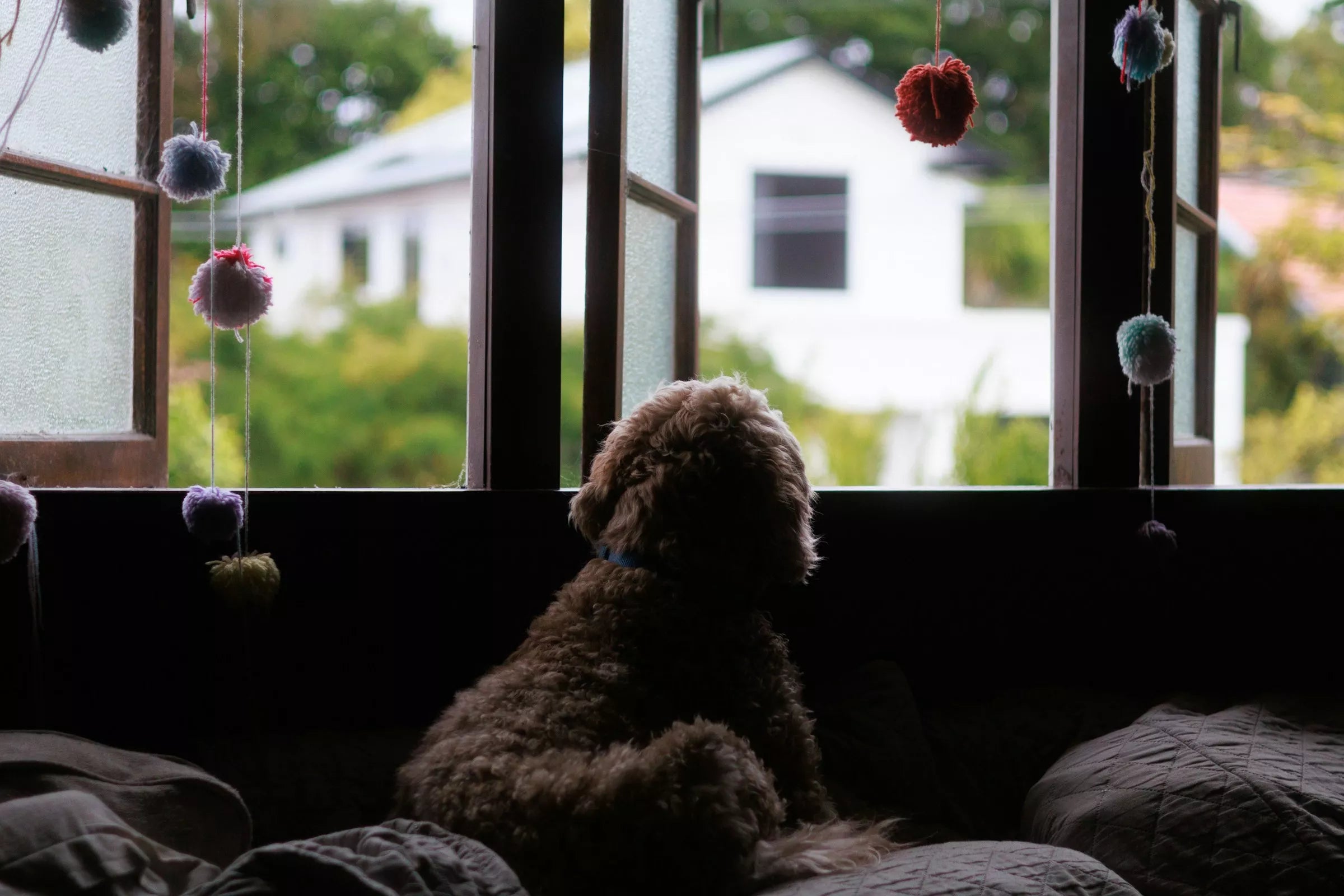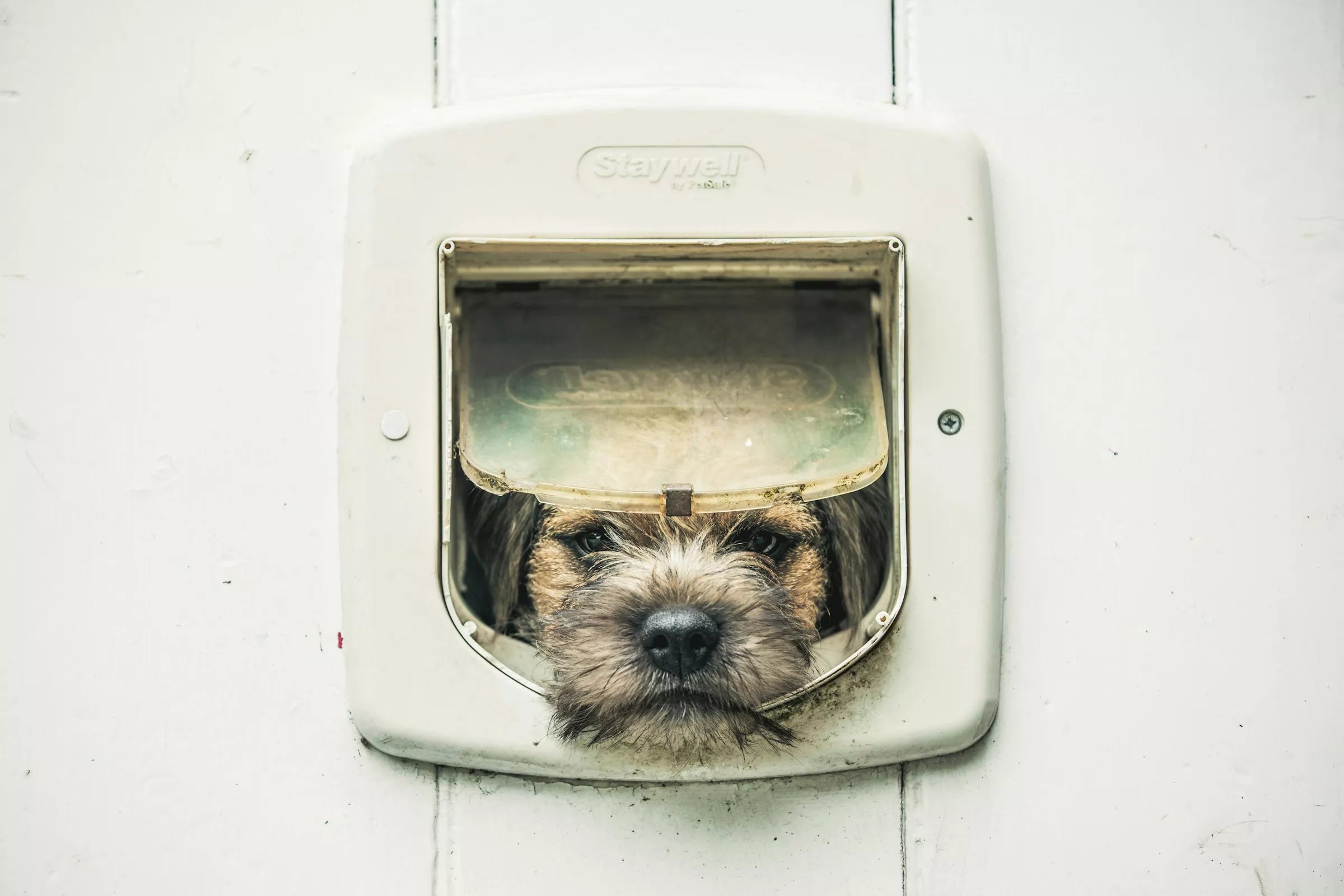How to Socialise a Shy Dog
- Why Some Dogs Are Shy
- Start With Trust
- Go at Their Pace
- Use Controlled Exposure
- Use Positive Reinforcement
- Tools to Support Confidence
- What to Avoid
- FAQs
Why Some Dogs Are Shy

Just like people, dogs have individual temperaments. Some are naturally more cautious or reserved. Others may be shy due to a lack of early socialisation, negative experiences, or time in shelters. The good news? With the right support, shy dogs can gain confidence.
Start With Trust
Socialisation begins at home. Before introducing new people or environments, focus on building a secure, predictable routine. Give your dog plenty of calm, positive interactions and avoid overwhelming them with too much stimulation too soon.
Go at Their Pace

Never force interaction. Let your dog approach new people, dogs, or environments on their own terms. You can encourage exploration, but allow them to retreat or observe from a distance if that’s what they need. Confidence grows with choice and safety.
Use Controlled Exposure
Gradual, positive experiences make all the difference. Start in low-distraction environments like quiet parks or short car rides. Then slowly build up to busier settings. Every dog has a different tolerance — the key is to end each session on a good note.
Use Positive Reinforcement
Reward every brave step with treats, praise, or toys — whatever your dog finds most motivating. Treats should be high-value and used consistently. Over time, your dog will begin to associate new situations with good things happening.
Read more in our post: 3 Best Commands to Teach Your Dog — a shy dog who understands commands is more likely to feel grounded in unfamiliar places.
Tools to Support Confidence

Some dogs benefit from calming aids or confidence-boosting gear. Try:
- Body-hugging harnesses for security and comfort
- Clickers or treat pouches to reinforce good behaviour on walks
- Calming sprays, chews, or natural supplements (vet-recommended)
What to Avoid
Shy dogs can regress if pushed too hard. Avoid:
- Forcing them into crowds or loud areas
- Letting off-lead dogs approach without consent
- Using punishment — it increases fear
- Expecting instant results — confidence takes time
Instead, create repeated positive experiences and celebrate even small wins.
FAQs
Can a shy dog become confident?
Yes. With time, consistency, and patience, most shy dogs can become more confident and relaxed in new environments.
Should I take my shy dog to group training classes?
It depends on the dog. For very shy dogs, one-on-one training may be a better starting point. Gradual exposure is key.
Is it okay if my dog stays shy forever?
Some dogs may always be reserved — and that’s okay. The goal isn’t to change their personality, but to help them feel safe and secure.
What’s the best age to socialise a shy dog?
Ideally during puppyhood, but it’s never too late. Adult and even senior dogs can learn to navigate the world more comfortably.
Should I let people pet my shy dog?
Only if your dog is comfortable. Teach others to ask first and respect your dog’s space if they show signs of discomfort.















Share:
Should I Let My Dog Sleep in My Bed?
What Dog Breed Am I?